The Ever Popular Olive Oil
The olive is enjoying a surge in popularity, so it’s the right time to talk about olive oil production. The Mediterranean diet, which uses oil from olives as its principal fat, is being touted by health professionals, dieticians and fitness instructors around the world. Italians have been attuned to the wonders of olives and olive oil for centuries. In fact, the oldest living olive tree in Europe, which is certified to be over 2,400 years in age and is protected by the European Union, is located just north of Rome. The tree, with a trunk circumference of seven meters, stands on a private property in Canneto in Sabina.
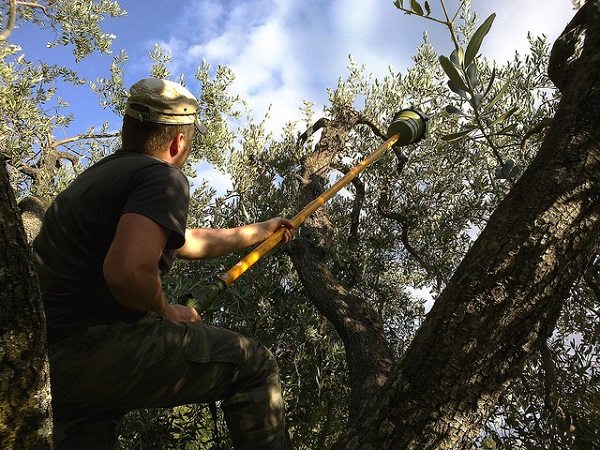
The Bureau Italiano per l’Olio d’Oliva, an EU-sponsored organization which promotes the consumption of olive oil, extols an impressive list of attributes of this product. Among the possible benefits are cholesterol and blood pressure reduction, prevention of arteriosclerosis and improved digestion. Because it is rich in vitamin E, the beauty industry is incorporating olive oil in skin and hair care products like anti-wrinkle and age-spot creams, body lotions and shampoos. All of this promises to make your body a “well-oiled” machine.
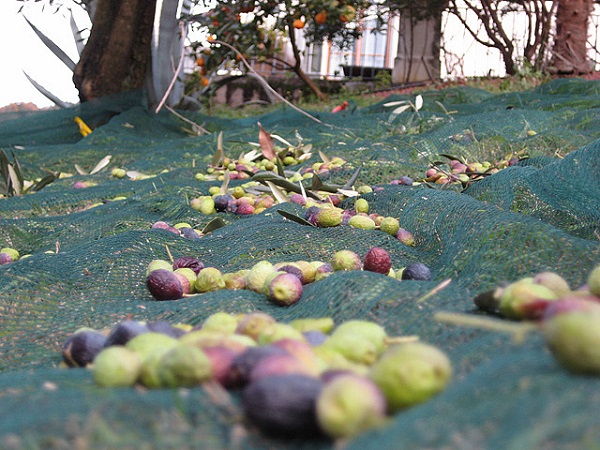
How to Make Olive Oil
Adolfo Renzi runs Tre Colli, an organic farm in Montelibretti, 45 km northeast of Rome. A family business since the 1700s, Tre Colli‘s main crop is olives, but it also produces oranges, pumpkins, cherries, and green tomato condiments. Organic farmers have to face the same challenges as conventional farmers, but they choose to do so in a way that they believe is better for the environment, the laborers, and ultimately the consumer. Renzi provided specific examples of how organic, or biologico, as we call it in Italy, farming differs from conventional methods to produce an extraordinary olive oil.
In the event that pests arrive, a non-toxic treatment is used. Extract of neem, a tropical plant, will repel insects without killing them as do conventional pesticides. In regard to fertilization, Tre Colli uses favino, a broad bean-type of legume. Favini are placed on top of the soil to act as a natural fertilizer. Chemical fertilizers force growth, without allowing the necessary time for flavor to develop. So while the end product may look appealing, its taste will often disappoint.
In Italy, a license is required to use chemical pesticides. Dangers for workers include respiratory ailments and heart problems. It’s ironic that producing a fruit with so many health benefits could actually be harmful to those that bring it to us. Renzi observed, “Organic farming is a safeguard for everybody.”
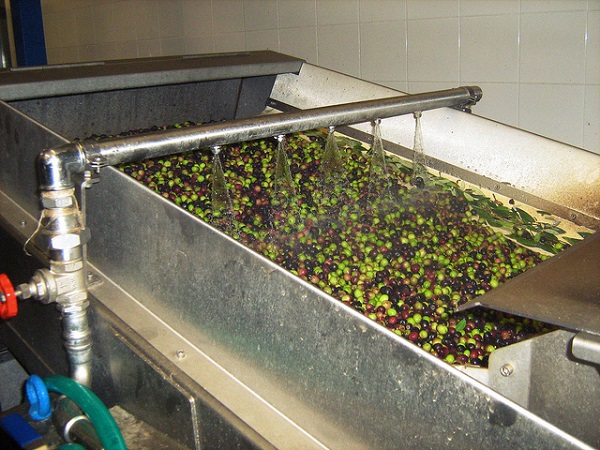
Progress over the last century in harvesting and processing has greatly improved the quality of the oil that is available today. Olives grow large by August, turning from green to red and then black. Years ago, harvesting was done in January, the theory being that a delayed harvest would glean more oil. Field and laboratory studies later showed that acidity levels actually increased, resulting in an inferior product. Olive farmers now know the optimum time to harvest for oil is between the red and black transition phase, which is usually during October and November.
Any abrasion to the fruit causes oxidation, which begins fermentation therefore increasing acidity, and is to be avoided whenever possible. Plastic nets commonly seen under trees act as a buffer and as a conduit for collection. In the first half of the last century, processing the harvest usually started ten days after collection. After the Second World War, pressing began within three to five days from the day of collection. Today, olives are processed within 24 hours of harvesting. Once at the mill, the produce is washed gently with water by machine. Another machine slices the olives, even through the pits, and moves the slices to the next phase. Very slowly the pieces are stirred to become a paste. Utmost care is taken to keep them moving and always free from exposure to air.
The olive press, which was difficult to clean and bruised the fruit, is now an outmoded piece of equipment. A cylindrical device is now employed instead, which uses centrifugal force to extract the liquid. Once the liquid has been separated it undergoes another session of spinning to separate the oil from the water, which has been added during processing, and the oil is then bottled. All of the modern processing machines are made of steel, but as recently as ten years ago, some were made of iron, which left a metallic taste.
Choose the Perfect Olive Oil
Choosing a bottle from a supermarket shelf can be baffling. Here are a few tips to smooth the way.
Extra Virgin Olive Oil
The best type of olive oil is extra virgin. When a bottle is labeled extra virgin, the oil is derived from the first processing of the olives. To be certified, by law it must have a maximum acidity of 1 percent. Some of the more reputable products register well below that level, coming in at below 0.5 percent.
Virgin Olive Oil
Virgin oil is derived from a subsequent processing of the olives, but still contains only juice from the olive. The acidity level must be between 1 and 2 per cent.
Plain Olive Oil
Plain olive oil uses chemicals to extract the last bit of olive oil from the paste and can therefore not be labeled organic. The oil, which has only 20-30 percent olive juice, would be inedible alone, so sometimes a bit of virgin oil is added. The balance is made up with olio di olive lampara or olio di olive sansa, which are very low quality oils.
Look for a DOP (Denominazione d’Origine Protetta) or IGP (Indicazione Geografica Protetta) seal attached to the bottle. These testing agencies verify that all the requirements of climate, soil, and variety of olives have met their high standards. Products that meet the organic standards will feature the Agricoltura Biologica seal. Contrary to popular belief, the Bureau Italiano per l’Olio d’Oliva reports that color has absolutely nothing to do with quality or taste. In fact, when taste testing is performed, blue glasses are used to eliminate any bias due to the appearance of the samples.
Martha Miller

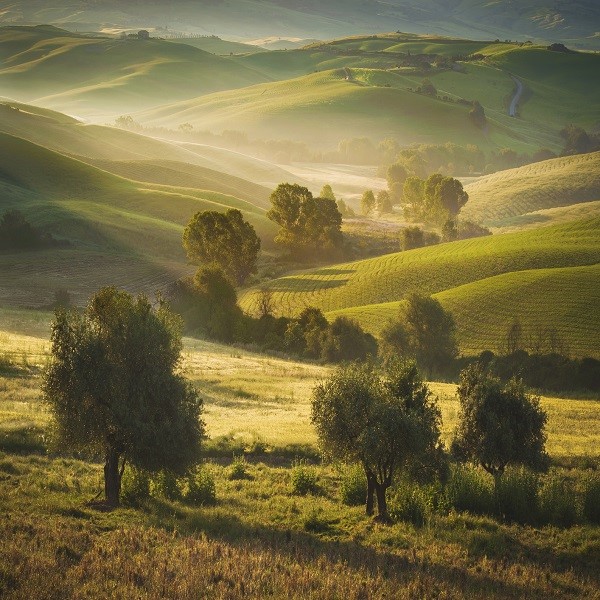
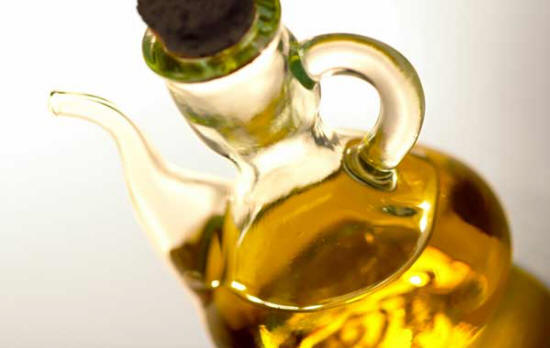










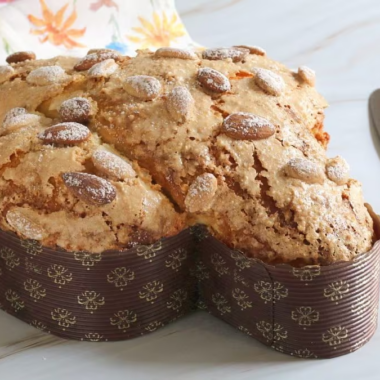
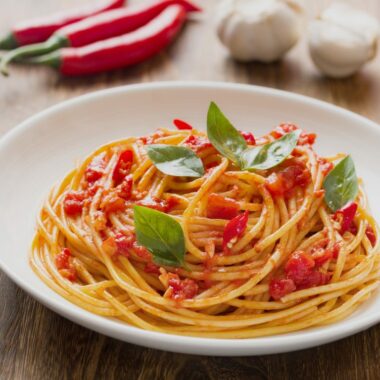
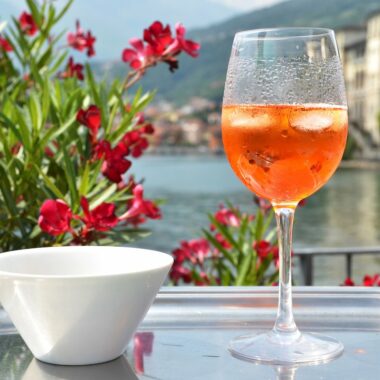

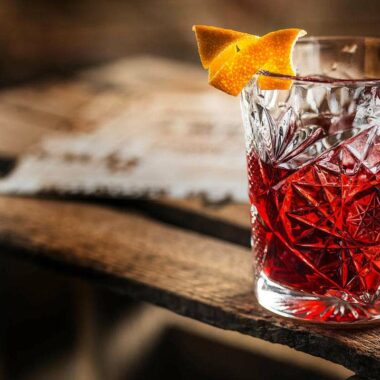
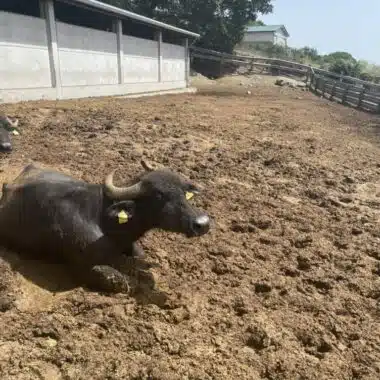

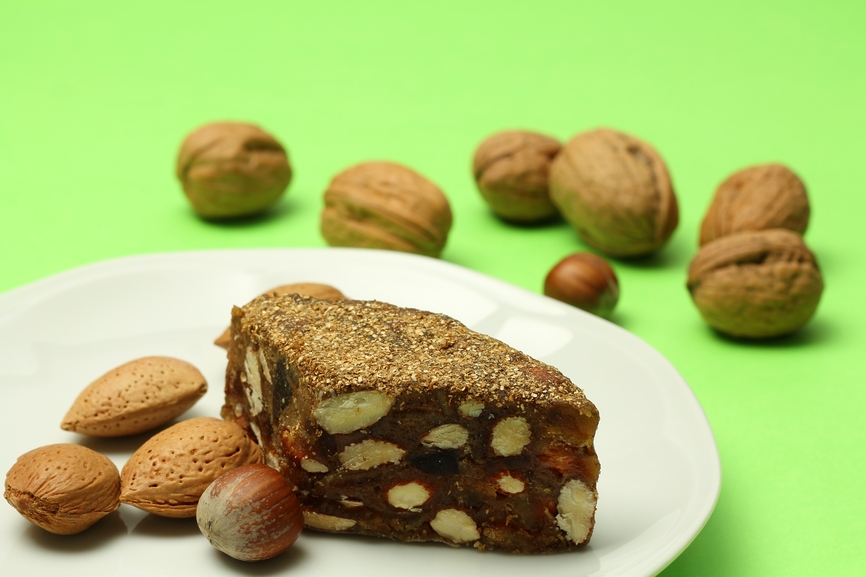
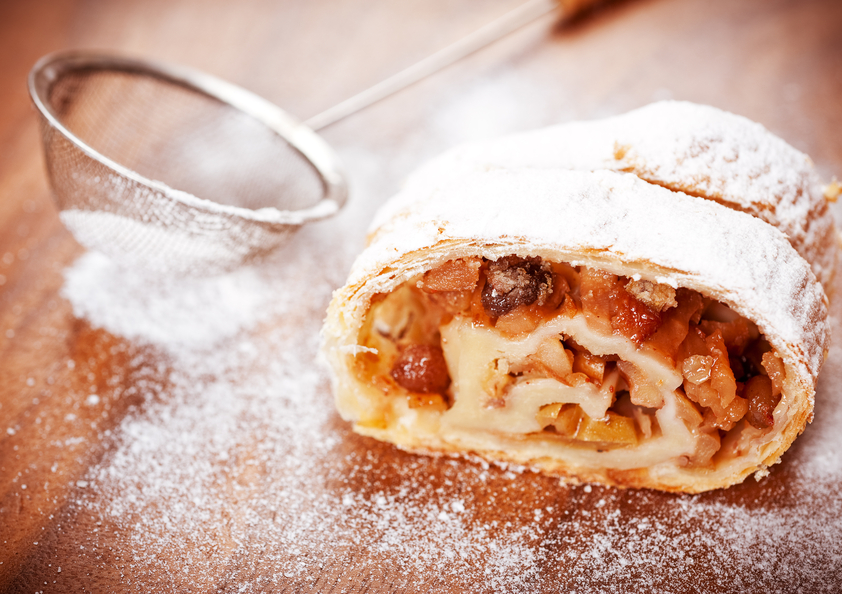
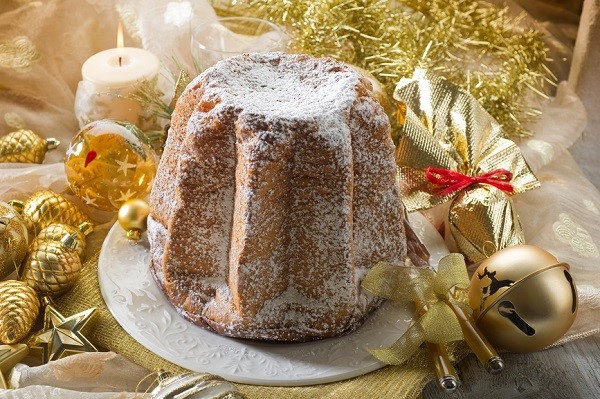
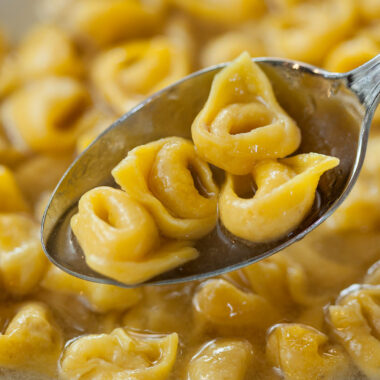
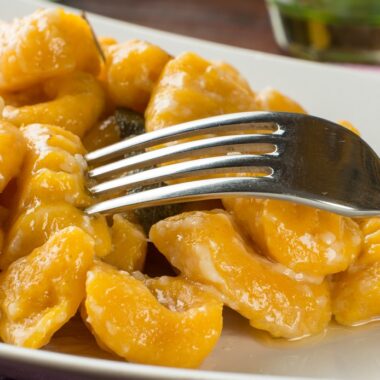


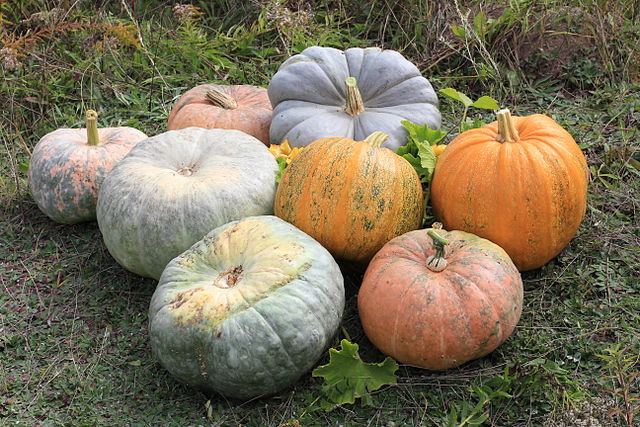
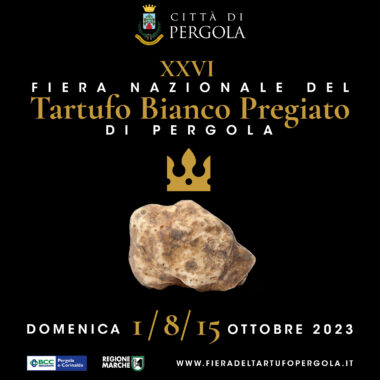
Hi my name is Chris am living in California, am here searching the web trying to see where I can get the best Olive oil from Italy to buy, because a lot of these Olive oil here are not what they say they are, (FAKE)so if you can help me it would be appreciated
Very interesting to know what olive oil can do.
I enjoyed very much reading your article I discovered a lot things that I never came across. Salute.